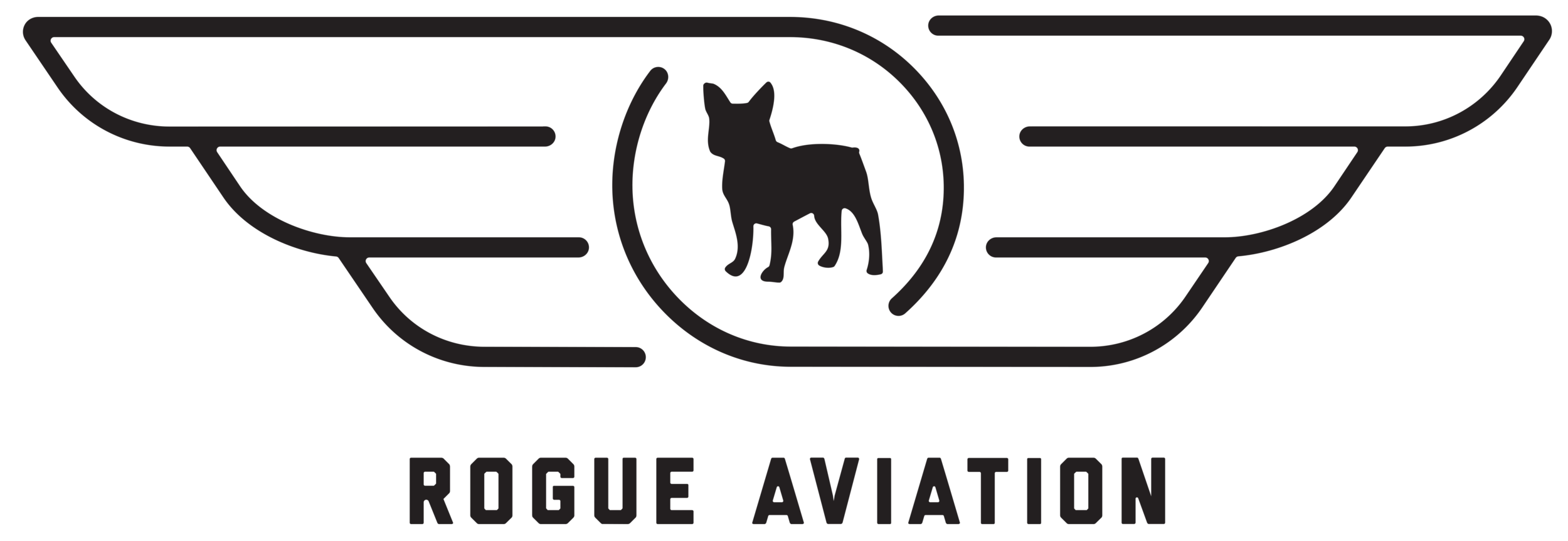Safety: Rogue Callsigns
This blog entry is part of an ongoing series of blogs dedicated to the safety culture we’re creating here at Rogue Aviation. Read this series here!
You may already know that Rogue Aviation’s four Robinson helicopters use the callsigns “Rogue One” through “Rogue Four.” Last year, we were approved to use these callsigns in place of our N-Numbers (more commonly known as tail numbers) at John Wayne Airport. However, what you may not have known was that the inspiration behind this push for callsigns was our number one value: safety.
While calling to the tower and making requests as “Rogue One” is pretty awesome, that wasn’t what motivated us to get permission to use our callsigns; it was about accountability. Generally speaking, when people (pilots included) believe that nobody is paying attention or that they are anonymous, they are more likely to behave less responsibly. That’s just human nature. Ending a call with “helicopter nine seven eight mike bravo” or “helicopter two four seven six foxtrot” is a pretty anonymous way to fly. The chances of someone remembering which tail number belongs to which organization are pretty slim. However, when you’re ending every call with a callsign that immediately affiliates you with an organization, you tend to be a little more aware of what you’re doing and how it might be perceived.
We want all of our pilots (from CFIs to Pilots-In-Training to renters) to always be aware that they are accountable for their actions. When we fly, we represent Rogue Aviation and the community attached to that name. Through our use of callsigns, we’re reminded of that responsibility with every radio communication.

